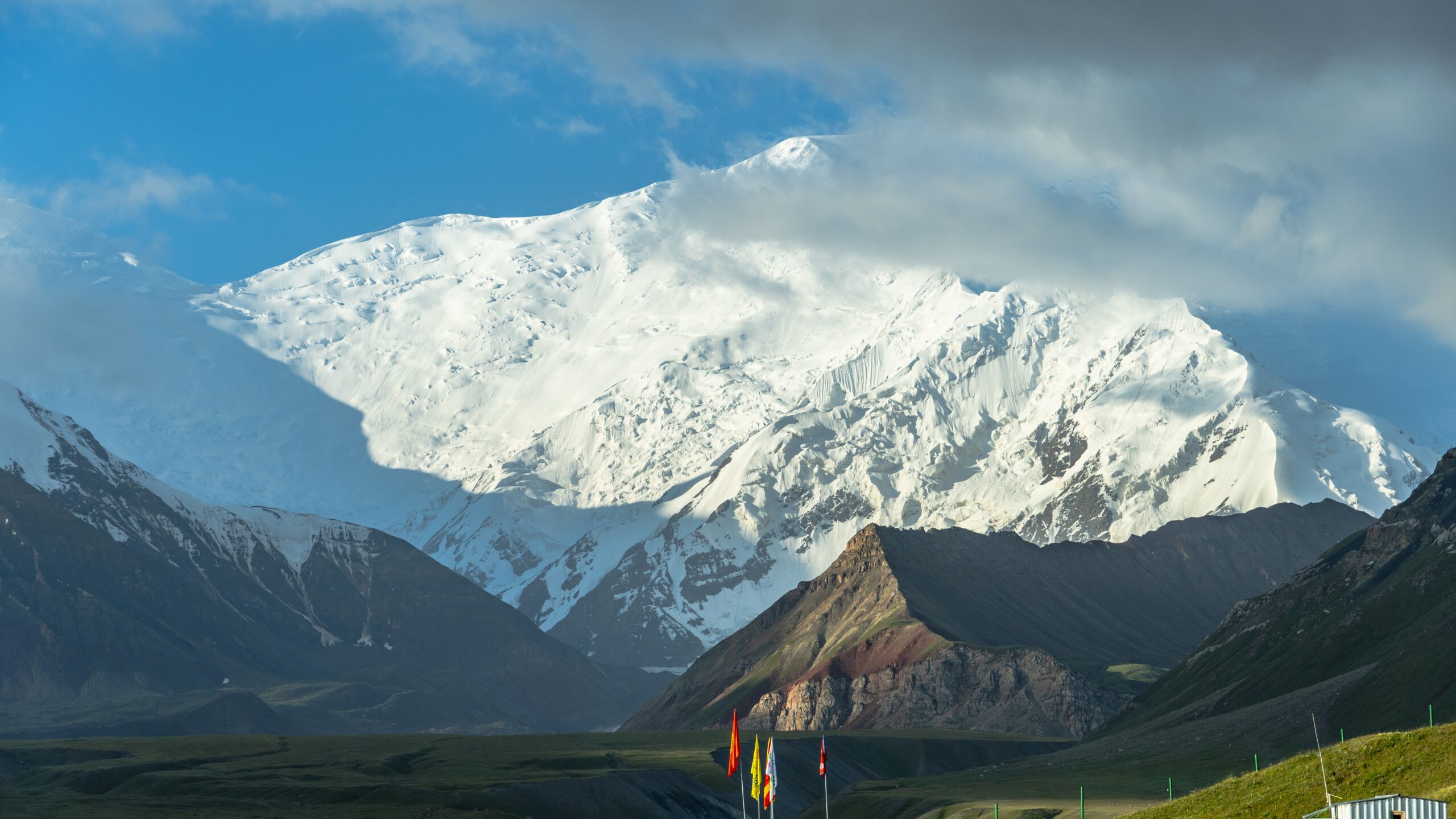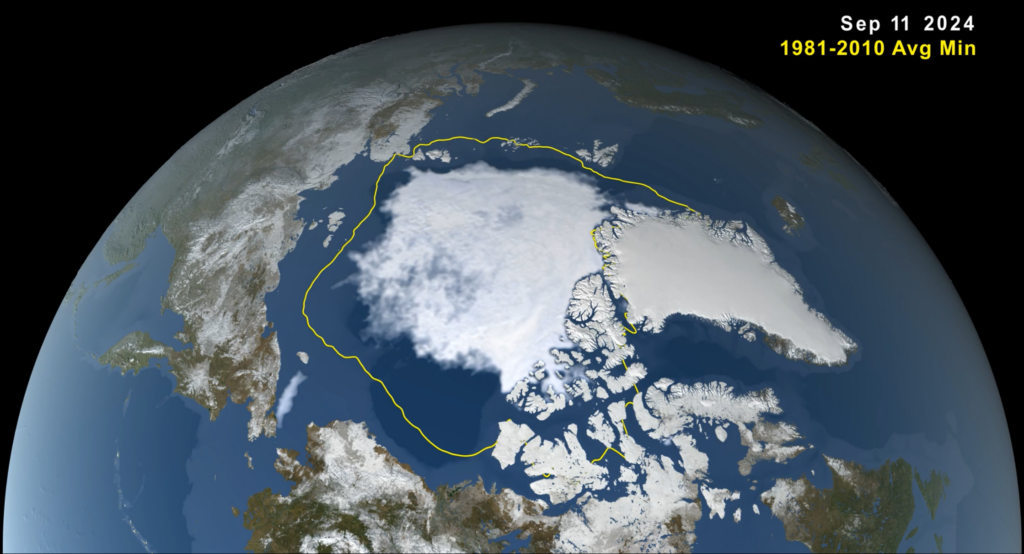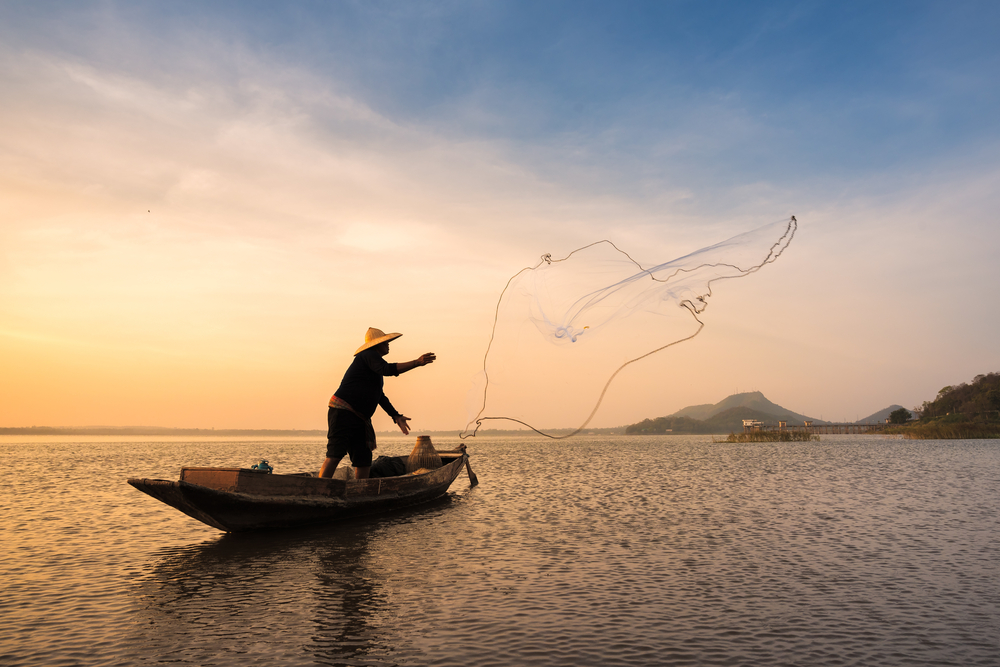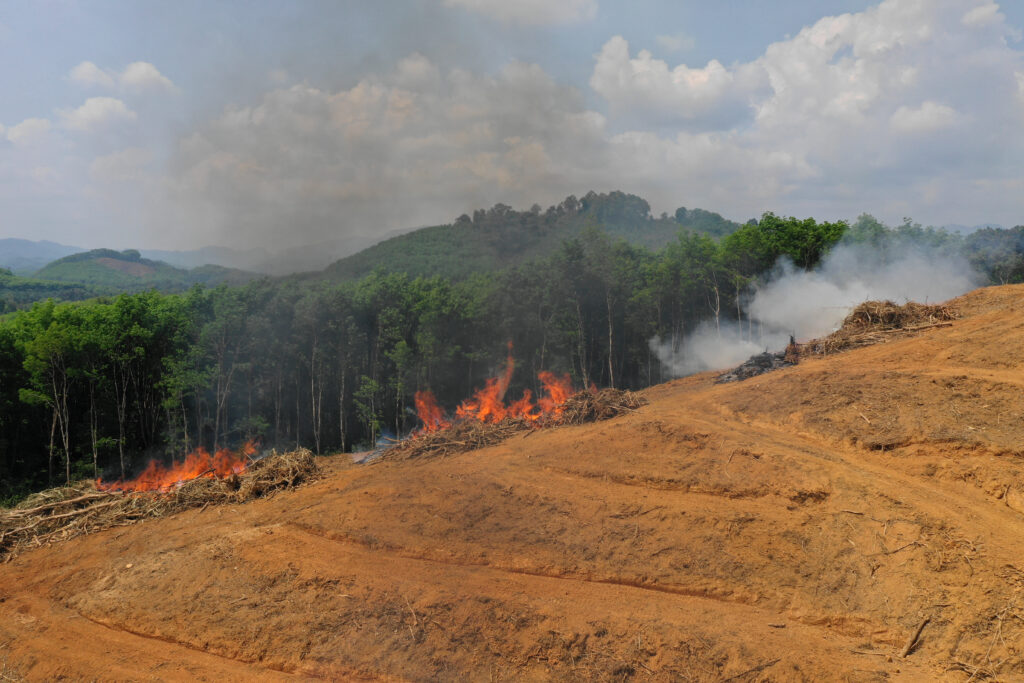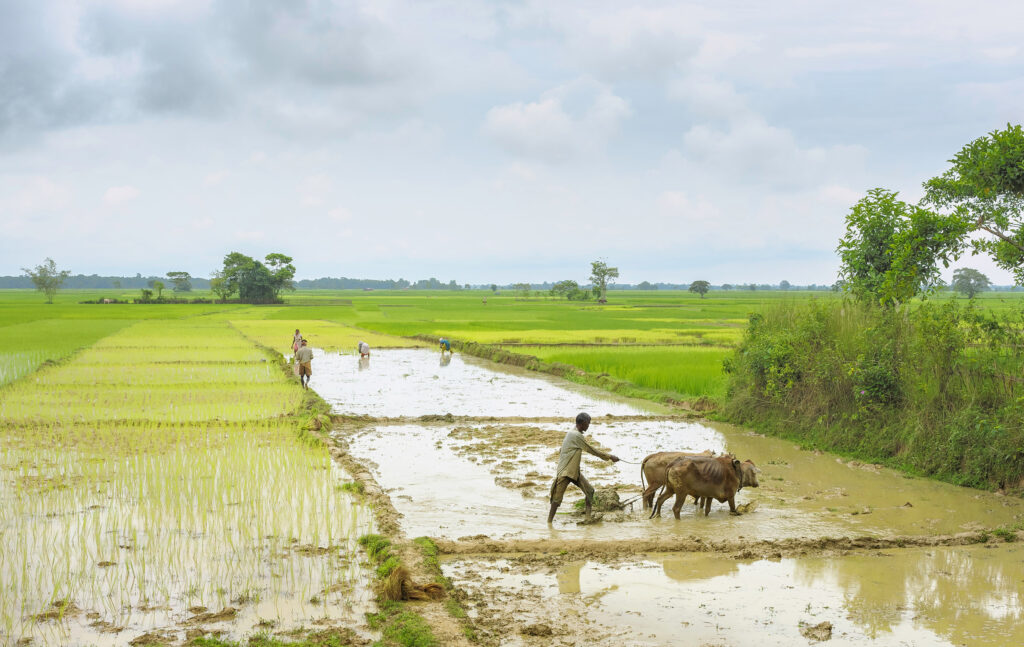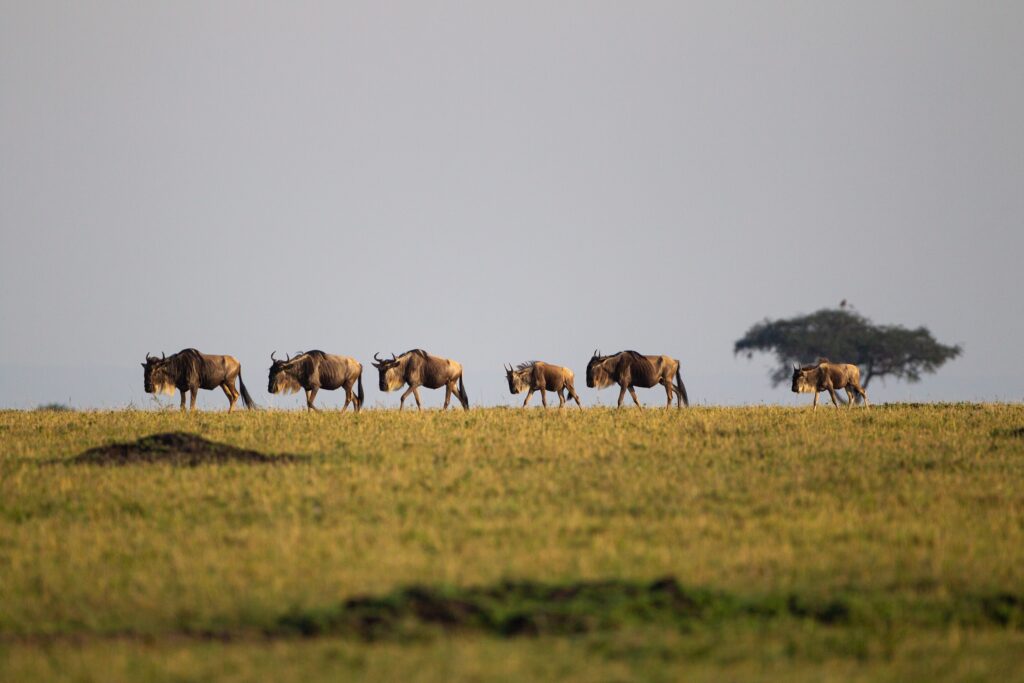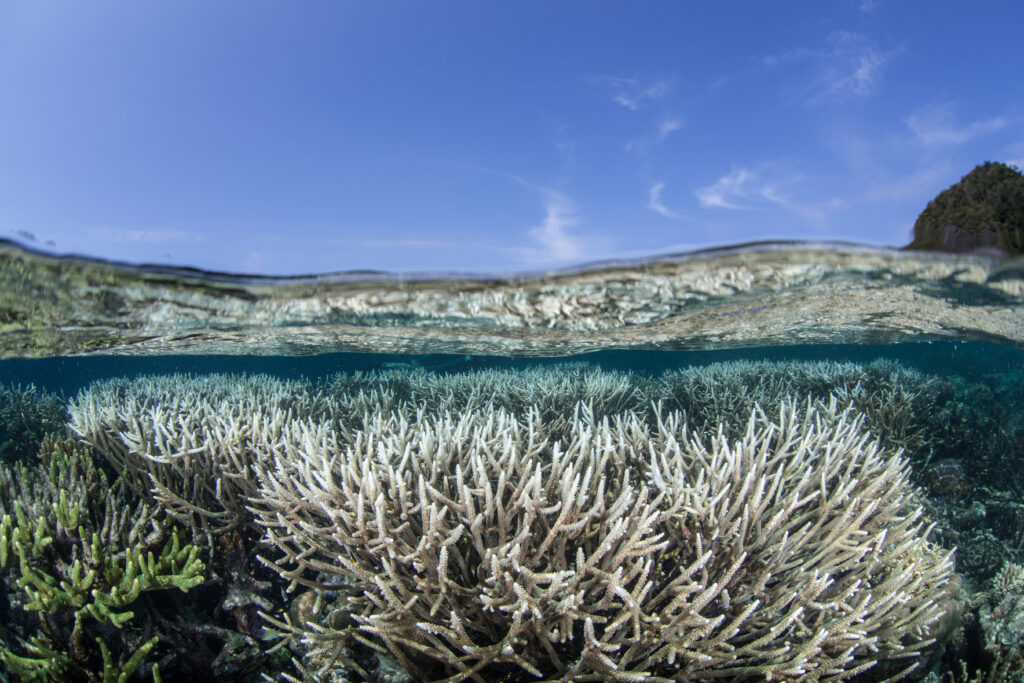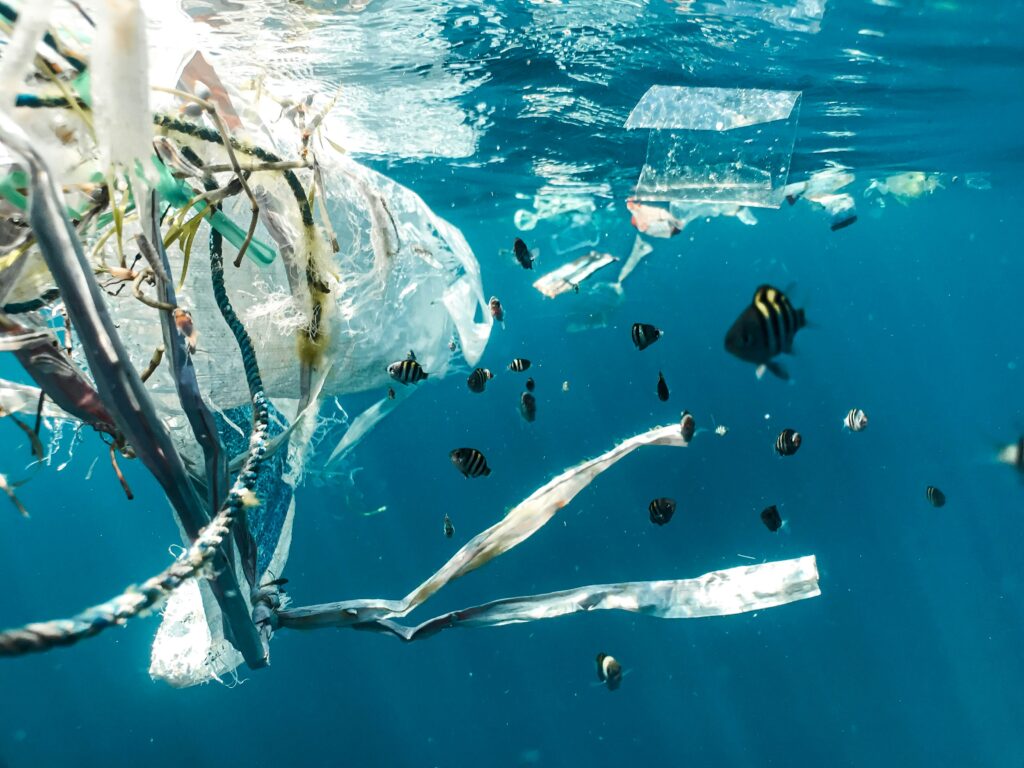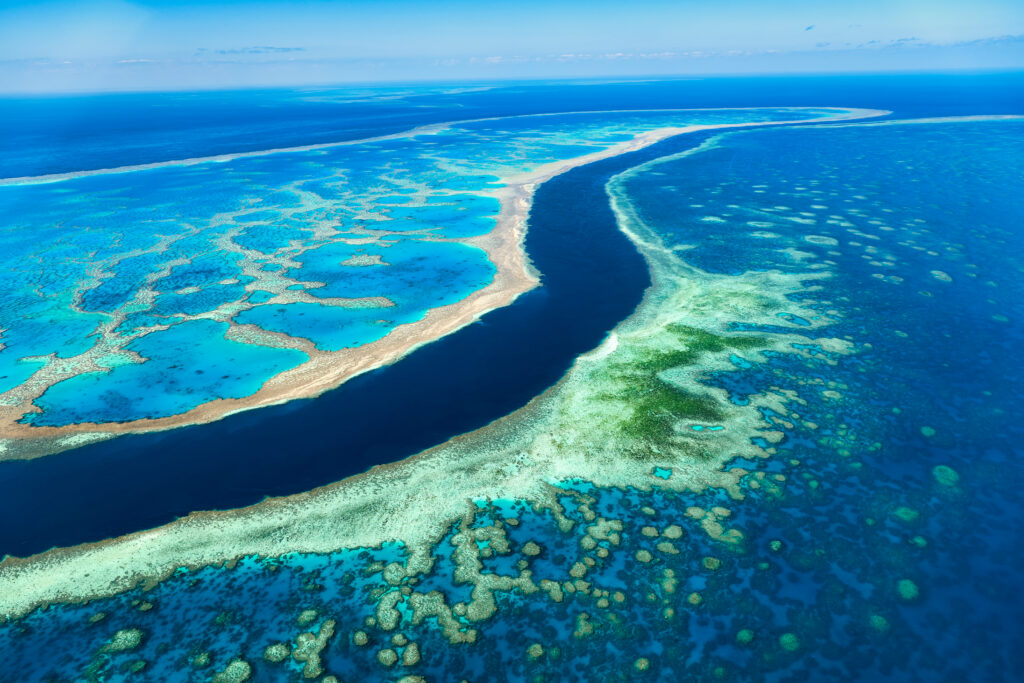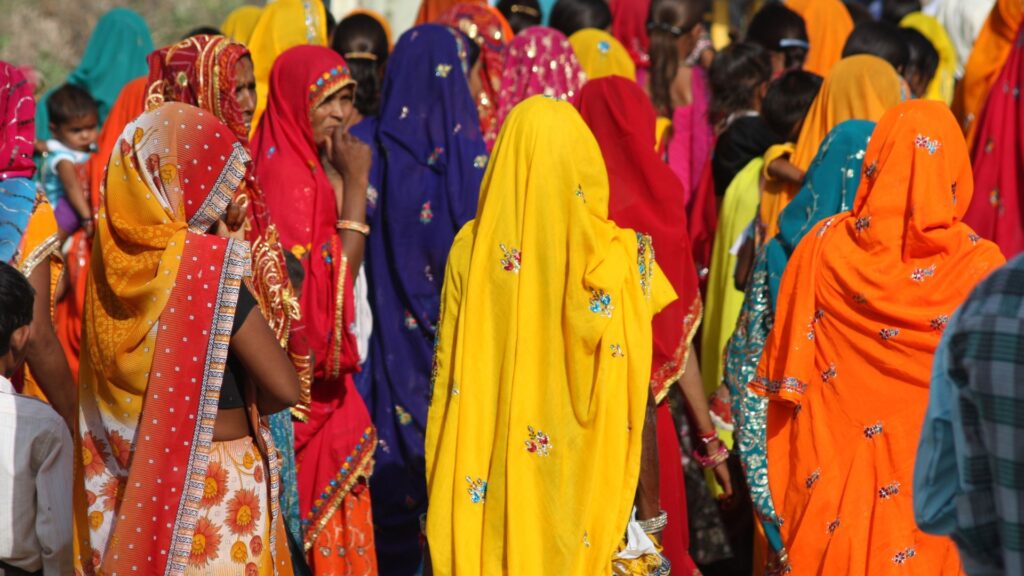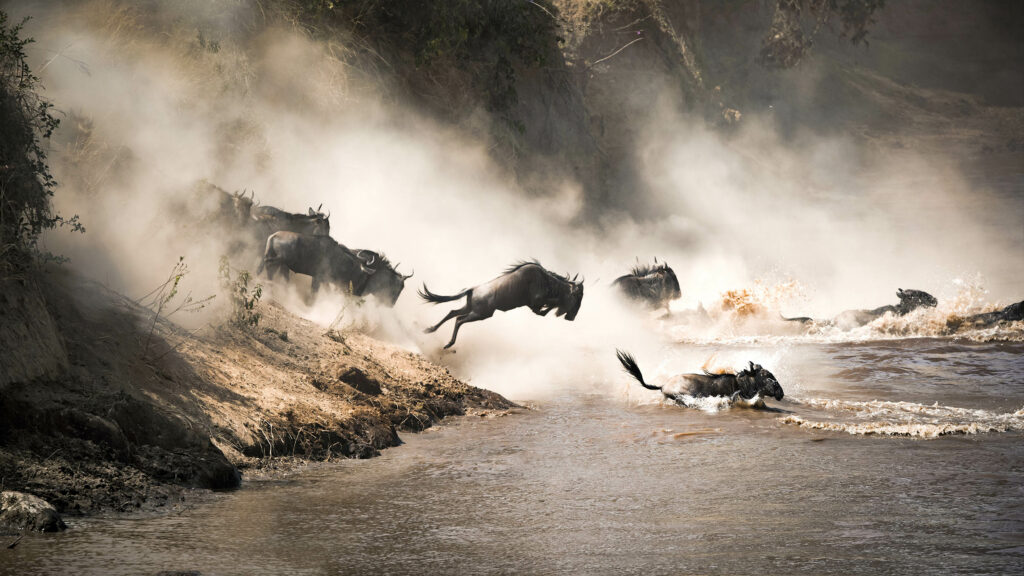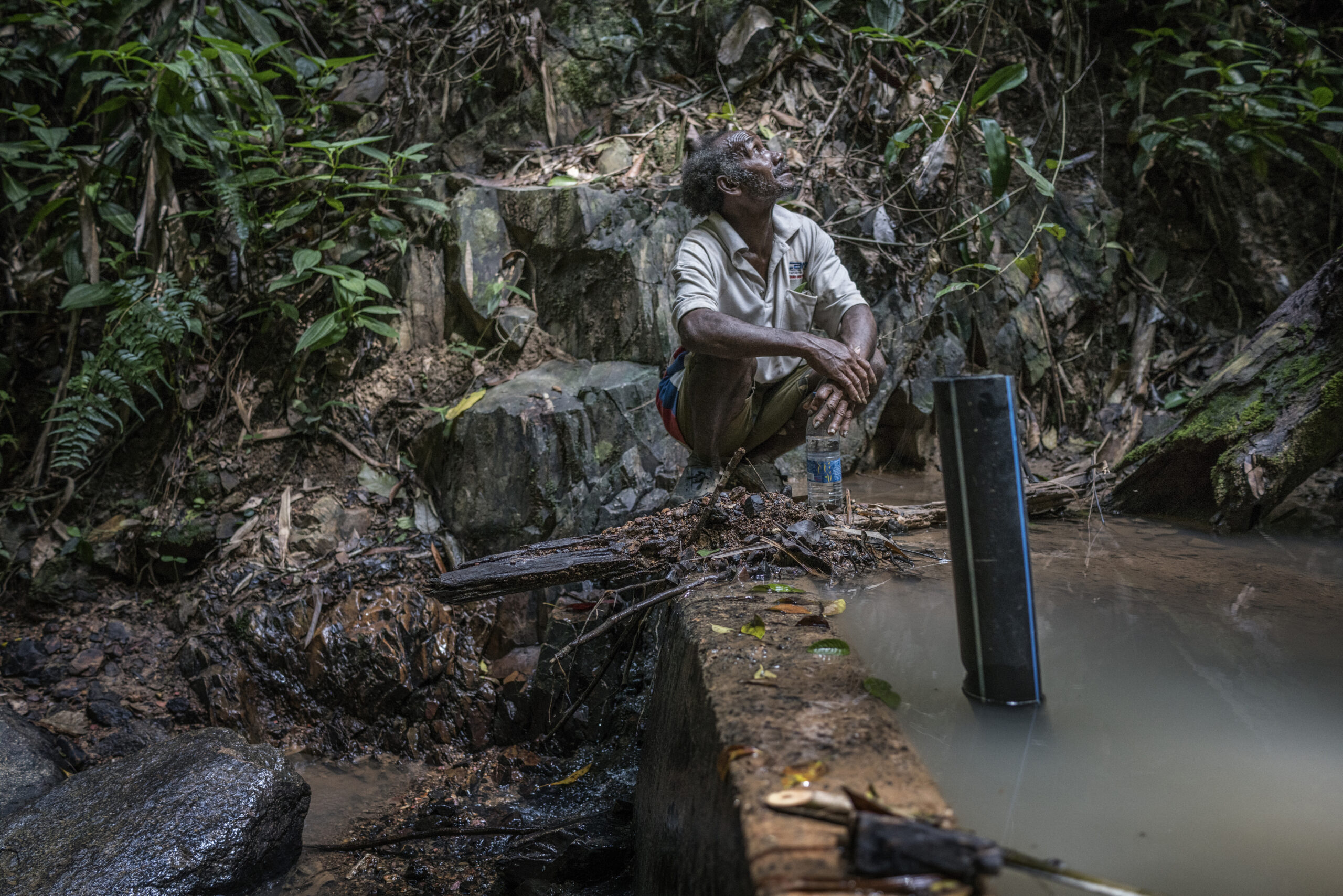Central Asia’s mountain snowpack and glaciers, the region’s natural water tower, reached critically low levels in 2025. Not only has minimum snow cover declined dramatically across watersheds, but autumn snow accumulation in the high mountains is barely increasing, breaking from typical seasonal patterns. Precipitation from January through spring ran 30-70% below average every month, with only June showing near-normal rainfall. Spring temperatures exceeded the 15-year average, accelerating snowmelt when water should have been stored as snow for gradual summer release.
Our latest satellite observations reveal that with the arrival of autumn in the high mountains, snow cover remains far below normal—a highly unusual pattern. What we’re witnessing isn’t just another dry year, but the acceleration of a troubling pattern that threatens water security for millions across Uzbekistan and neighbouring countries.
The Numbers Tell a Stark Story
Using satellite data, which we’ve been analysing for over a decade to forecast seasonal water resources and, more recently, food production impacts, the trends are unequivocal: less snow is surviving through the summer months across Central Asian watersheds.
The smaller, lower-elevation tributaries are experiencing the most severe impacts. The Surhandarya basin, which supports agriculture in southern Uzbekistan, has seen its minimum snow cover plummet by 51% compared to the 2001-2007 period[1]. The Kashkadarya, another crucial southern tributary, shows a 54% reduction. Our latest data from 2025 shows the Kashkadarya basin retaining only 0.7 square kilometres of snow cover—essentially bare.
These aren’t abstract statistics. The Chirchik River, flowing near Tashkent and supporting the capital region’s agriculture, has lost 31% of its minimum snow cover compared to recent years. The 2025 measurement of 47.4 square kilometres represents less than half of what was typical just a decade ago.
A Tale of Two River Systems
The region’s water dynamics present a paradox that masks the severity of the crisis. The major rivers—the Amu Darya and Syr Darya—maintain relatively stable flows, benefiting from increased glacier melt in their upper reaches and drawing from larger snowpack reserves in the highest mountains. This year, the Amu Darya basin still retains about 19,500 square kilometres of minimum snow cover, a substantial area despite representing a 29% decline from the 2001-2007 average.
However, this apparent stability in the major rivers creates a dangerous illusion. The smaller tributaries, which depend more heavily on seasonal snow accumulation and rainfall rather than glacier melt, are already in severe decline. These rivers directly support local agricultural systems in the foothills of the Tien Shan and Pamir ranges, where much of Uzbekistan’s wheat production is concentrated. Even basins that showed slight increases in 2008-2015, like the Chatkal, have collapsed to minimal coverage—just 3.1 square kilometres in 2025.
This pattern is particularly concerning for the Chirchik River, which flows through the Tashkent region and supports over 5 million people with drinking water, irrigation, energy supply, and industrial uses. With Tashkent planning to double in size over the next decade to accommodate rapid urbanisation, the declining water availability in tributaries like the Chirchik adds urgency to water management reforms.
The 2025 Drought and Its Impacts
This year’s drought conditions have been particularly severe, affecting snow accumulation and agricultural systems. The combination of reduced precipitation and elevated temperatures has created a compound stress on water resources that goes beyond simple year-to-year variation.
Our preliminary analysis suggests wheat production could decline by 10-20% this year (estimates being refined), concentrated in the foothill agricultural zones that depend on these struggling tributaries. For context, the USDA expects a 10% lower yield than last year and a 4% lower yield than the 5-year average for Uzbekistan’s wheat production. Our higher estimates reflect the disproportionate impact on tributary-dependent agricultural areas. The timing couldn’t be worse for a landlocked nation like Uzbekistan, which increasingly depends on grain imports from Kazakhstan and other neighbours when regional water tensions are escalating.
The pattern we’re observing—where lower tributaries dry up while major rivers maintain flow through glacier melt—represents an early warning of what awaits the entire water system. Scientific consensus points to a “peak flow” around mid-century, when even glacier-fed rivers will begin their decline after reaching maximum melt rates. While the exact timing remains uncertain and may vary by elevation, the trajectory is clear, with the highest tributaries potentially experiencing this transition later. Local scientists warn that the region could face irreversible consequences of a changing water balance within 15 years.
Regional Politics Complicate Solutions
The water crisis unfolds against a backdrop of increasing regional complexity. Afghanistan’s construction of the 285-kilometre Qosh-Tepa canal threatens to divert up to 20% of the Amu Darya’s flow once completed. This massive irrigation project aims to bring 550,000 hectares under cultivation but could fundamentally alter downstream water availability for Uzbekistan and Turkmenistan.
The canal’s engineering raises additional concerns beyond simple water diversion. Its route across established drainage patterns may disrupt groundwater flows, potentially causing waterlogging and salinisation of agricultural lands—taking productive areas out of cultivation even as it aims to create new ones upstream.
Meanwhile, the traditional water-sharing agreements between Central Asian states, established in the Soviet era, strain under new realities. The timing of water releases from upstream reservoirs in Kyrgyzstan and Tajikistan becomes more critical as overall availability declines, yet coordination mechanisms remain weak.
Looking Forward: Adaptation Imperative
The Eurasian Development Bank recently forecast a potential water deficit of 5-12 cubic kilometres by 2028-2029, warning of possible crises in agriculture, industry, and energy sectors. Our monitoring data underscores the urgency of these projections, as the region has entered a new hydrological regime where past patterns no longer provide reliable guidance for water management.
The relatively stable flows in the major rivers buy time but shouldn’t inspire complacency. The smaller tributaries serve as early warning systems, showing us what lies ahead for the entire region. Each basin tells its own story of decline: the Piskom is down 33%, the Zerafshan is down 17%, and the Vakhsh—despite its size and higher elevation—is down 10%.
For Uzbekistan and its neighbours, the message from this year’s snow cover data is clear: the future has arrived early. Traditional water management approaches based on historical abundance must give way to strategies built for scarcity. Every drop counts when the mountains no longer hold their water in reserve.
Christian Siderius is the Founder of Uncharted Waters Ltd, Australia. He is a water resources and food security expert specialising in climate risk analysis. He leads Uncharted Waters, holds a PhD from Wageningen University and serves as a Visiting Senior Research Fellow at the London School of Economics’ Grantham Research Institute and Wageningen University’s Water Resources Management Group. For over 20 years, Christian has tracked changes in snow cover, water resources, and crop production across Central and South Asia.
Prof. Abdulkhakim Salokhiddinov is the Vice-Rector at TIIAME-NRU, Uzbekistan and for International Collaboration and head of the UNESCO Chair on Water Diplomacy at Tashkent Institute of Irrigation and Agricultural Mechanization Engineers. He specialises in multipurpose water resource management, engineering hydrology, and environmental protection. Abdulkhakim has also consulted for the Ministry of Water Resources of Uzbekistan, UNDP, World Bank, ADB, UNESCO, and IWMI.
Andrej Savitskiy is a Hydrologist at TIIAME-NRU, Uzbekistan. He holds a PhD in hydrology and hydraulics and is an expert on water and salt balance analysis of rivers and lakes in Central Asia. He has extensive experience in hydrology, water resources management, and resource optimisation techniques. Andrej has co-developed databases and software for water control systems used by Uzbekistan’s Ministry of Agriculture and Water Resources and for the World Bank-supported revision of the Indus Basin Model used for strategic water planning in Pakistan.
About Uncharted Waters
Uncharted Waters is a climate-tech start-up focused on data-driven, real-time analysis of food systems, water resources, and climate impacts. They identify global food and water systems vulnerabilities and develop practical approaches to enhance resilience. Their core innovation is a digital twin of the global food system, driven by the latest climate data and powered by machine learning to process vast amounts of food production and trade data. This enables them to deliver reliable, real-time insights and decision-relevant analysis quickly. Through timely information and early warning systems, we help organisations anticipate, monitor, and respond to emerging risks.
[1] 2016-2024 versus 2001-2007 average
Disclaimer: The views and opinions expressed in this article are those of the author and do not necessarily reflect the official policy or position of Climate Impacts Tracker Asia

